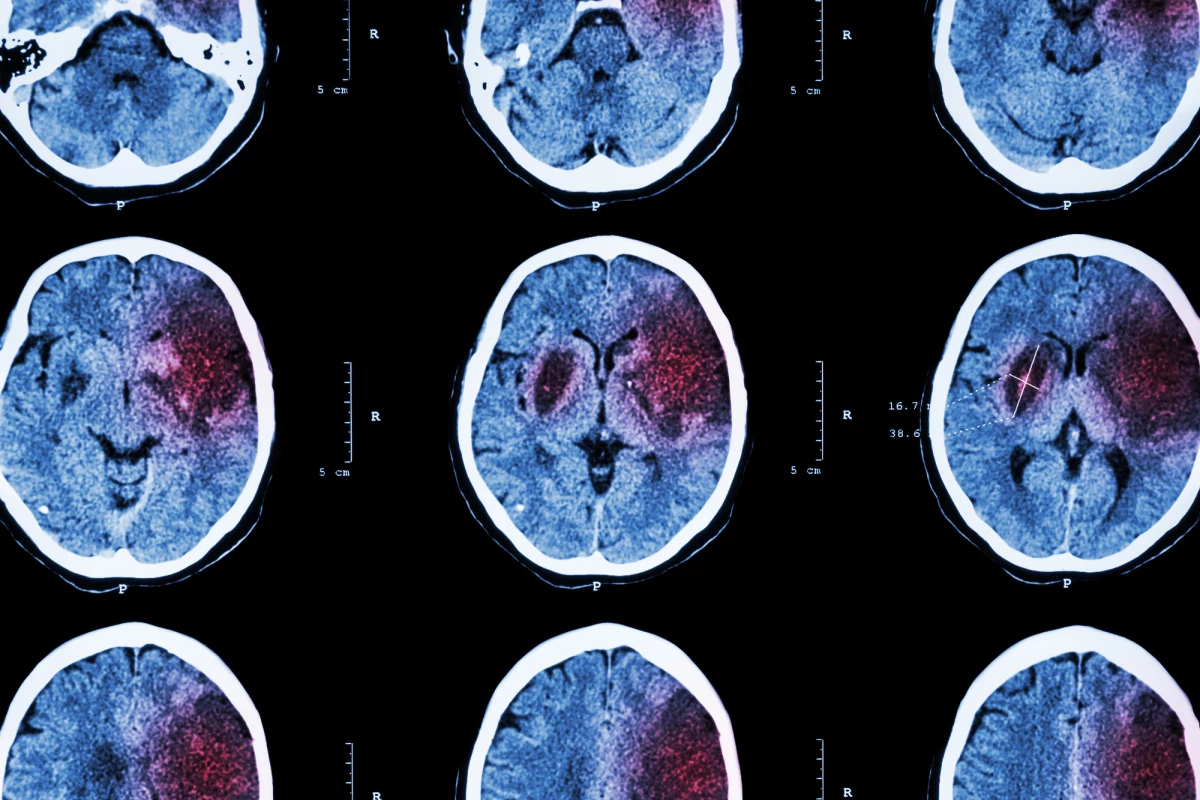Researchers have identified a new molecular pathway that stimulates injured brain cells to repair themselves after an ischemic stroke. The discovery may help limit or reverse the damage caused by the condition and promote recovery.
When a blood clot or the build-up of fatty plaques blocks an artery leading to the brain, it cuts off the blood and oxygen supply to an area, causing damage to or death of brain cells. This is known as an ischemic stroke and is the most common type of stroke.
The fact that people can recoup some lost brain function following an ischemic stroke, usually through intensive rehabilitation, suggests that the brain can self-recover after injury. But the mechanisms underlying neural repair have remained elusive until now.
It’s already well-known that various lipids generated after tissue injury regulate the inflammation following such an injury, so researchers from Tokyo Medical and Dental University focused on that.
“There is evidence that more lipids are produced after tissue injuries and contribute to regulating inflammation,” said Takashi Shichita, corresponding author of the study. “We investigated the changes in lipid metabolite production in mice after ischemic stroke. Interestingly, the levels of a specific fatty acid called dihomo-gamma-linolenic acid (DGLA) and its derivatives increased after the stroke.”
DGLA is part of the omega-6 family of fatty acids with known anti-inflammatory properties. Digging deeper, the researchers found that the enzyme PLA2GE2 (phospholipase A2 group IIE) regulated the release of DGLA.
By manipulating PLA2GE2 expression in mice, they found that it affected brain cell recovery. A deficiency of the enzyme led to greater inflammation, lower expression of neuronal repair-stimulating factors, and more tissue loss. This discovery led the researchers further down the brain repair pathway.
“When we look at genes expressed in mice lacking PLA2GE2, we found low levels of a protein called peptidyl arginine deiminase 4 (PADI4),” said Akari Nakamura, the study’s lead author. “PADI4 regulates transcription [of genes involved in brain repair] and inflammation. Remarkably, expressing PADI4 in mice limited the extent of tissue damage and inflammation after ischemic stroke!”
From DGLA to PLA2GE2 to PADI4, the researchers had mapped the whole signaling pathway involved in brain repair. While the study used mouse models, the researchers found that neurons surrounding a damaged stroke site express PLA2GE2 and PADI4 in humans, which suggests the recovery pathway exists in us too.
The researchers say that discovering a new mechanism triggering brain repair may lead to therapeutics that promote the effects of PADI4 and accelerate recovery after an ischemic stroke.
DGLA is found in vegetable oils, grains, most meats, and dairy foods and accumulates in the brain after ingestion, suggesting the potential for dietary therapy to prevent the neurological impairment seen in stroke. Currently, omega-3 fatty acids eicosapentaenoic acid (EPA) and docosahexaenoic acid (DHA) are the only nutritional supplements promoted for their anti-inflammatory properties and ability to lower heart disease risk.
“Although detailed clinical studies are needed, our findings may change the current paradigm, which holds that only EPA or DHA is beneficial for preventing atherosclerosis and vascular diseases.”
The study was published in the journal Neuron.





